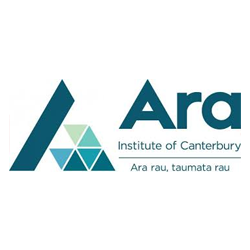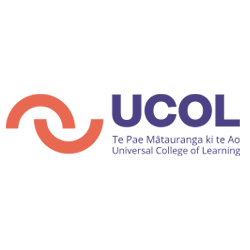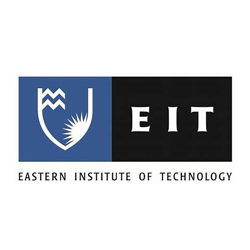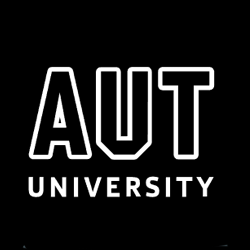
Collaboration in Clinical Simulation – Leading the Way
Status
Completed: 7 June 2013
Project Details
An 18-month project to increase and support the collaboration of nurse educators involved in clinical simulation enabling them to join together and share ideas, news and resources and to also link together in a more cohesive and integrated way. A collaboration of Christchurch Polytechnic Institute of Technology, Nelson Marlborough Institute of Technology, Universal College of Learning, Eastern Institute of Technology and Auckland University of Technology.
Aims:
The main aims of the project included:
- developing an inventory of current simulation practices and resources within Schools of Nursing in Zealand
- completing a literature review on simulation in undergraduate nursing education - with a NZ/Australasian focus
- developing evidence-based teaching and learning guidelines in clinical simulation in undergraduate nursing education
- conducting a 2-day workshop for lecturers involved in undergraduate nursing education and clinical simulation.
Methodology:
A literature review was carried out to answer the following research questions:
- In what ways does clinical simulation impact on student learning?
- What are good practices for teaching and learning in clinical simulation?
Team

Karen Edgecombe
Project Leader
Christchurch Polytechnic Institute of Technology (now Ara Institute of Technology)
Dr Philippa Seaton
Christchurch Polytechnic Institute of Technology
Karen Monahan
Nelson Marlborough Institute of Technology
Susie LePage
Universal College of Learning
Dr Salome Meyer
Eastern Institute of Technology (EIT)
Gwen Erlam
Auckland University of Technology (AUT)Pamela Jeffries
International Project Mentor
Johns Hopkins University (School of Nursing), Baltimore, USAStatus
Funding
$25,825.00 (excl GST)
Key Findings
The key findings of the project are:
- A strong supportive community of practice for educators with a responsibility for undergraduate nursing education and simulation requires a focused commitment. It also requires time and opportunity to explore aspects of simulation as a teaching and learning approach and the desire to further this educational modality within the New Zealand context.
- The goal of any educational intervention, whether it is a focused skill, simulation-based scenario, clinical decision making or team work exercise, is to increase the knowledge and breadth of the students’ learning. From this, the lecturer needs to utilise best practices in using simulation as a teaching method.
- Simulation is an interactive and innovative teaching and learning strategy that has opportunity to provide effective consolidation of clinical knowledge and skills into nursing practice.
- As a teaching method, simulation requires thorough planning and organisation to ensure relevance to clinical nursing practice, the student participants and the clinical environment. Adherence to carefully constructed scenarios utilising relevant nursing skills, nursing knowledge, clinical decision making and reflective thinking contributes to an effective learning environment that reinforces the critical thinking and learning for the student.
Key Recommendations
The key recommendations from the project are:
Annual forum | An annual forum needs to continue within New Zealand whereby attendees are supported by their respective institutions to further develop and nurture the skills, knowledge, sharing of ideas and networking amongst the simulation specialists.
Further collaborative research | There is definite scope for further collaborative research between institutions and schools of nursing. Engaging in the collaborative community of practice would be a cornerstone for lecturers in terms of awareness of current New Zealand and international simulation research. The community of practice would also allow the engagement and dialogue for potential research initiatives and allow lecturers to network and openly discuss research opportunities.
Community of practice web page | The community of practice web page needs to be continually promoted through respective networks, publications and conference activities and presentations. As mentioned previously the uptake by the workshop attendees was slower than expected and whilst it is recognised that other avenues are utilised to communicate, the web page is an ideal location in which to engage.
Simulation delivery | There is further scope to determine the breadth and use of simulation within New Zealand schools of nursing curricula. While this project has introduced the notion of working more collaboratively and effectively, and there is no set requirement regarding prescribed hours of simulation within nursing training, there is definite opportunity to further explore simulation delivery in relation to teaching and learning methodologies.
A research report prepared by Karen Edgecombe.
(PDF, 1.27 MB, 9-pages).
- 6 June 2013
A guide prepared by Karen Edgecombe, Philippa Seaton, Karen Monahan, Salome Meyer, Susie LePage and Gwen Erlam.
(PDF, 1.98 MB, 29-pages).
- 6 June 2013